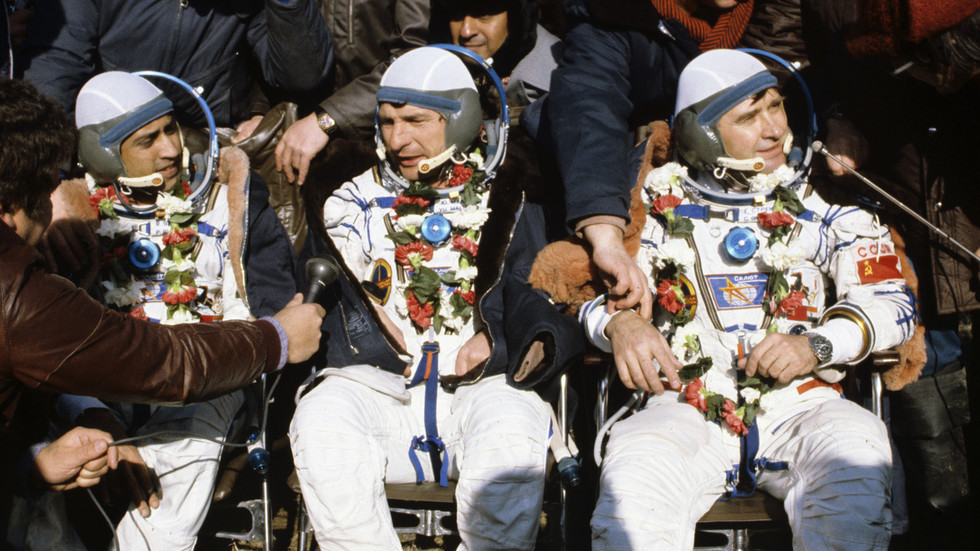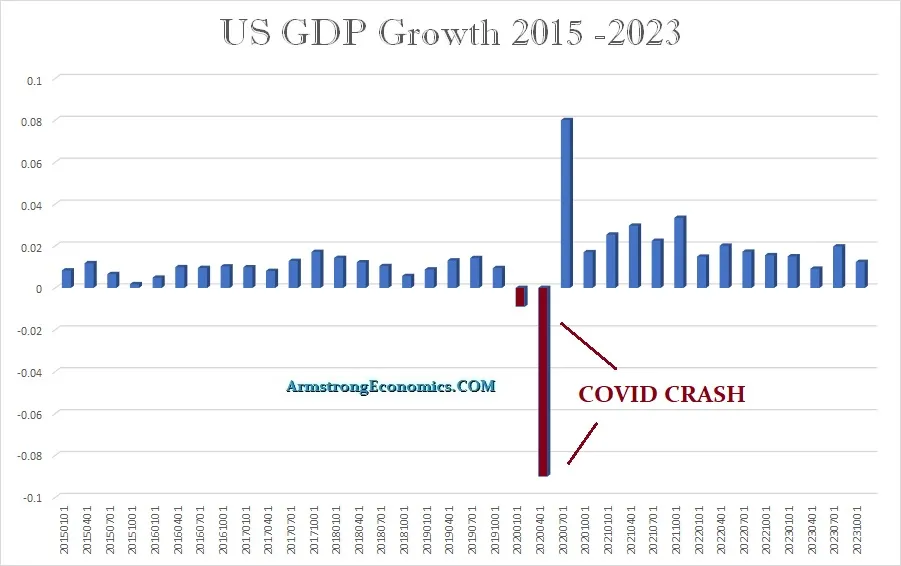Sleeping in orbit & surviving Russian winter: Rakesh Sharma, first Indian in space, recalls his training & flight

Four Indian astronauts are now training in Russia ahead of their nation’s first manned space mission. Rakesh Sharma, the first Indian in space, shared with RT his memories of braving Russian winters and going into orbit in 1984.
Sharma, a former wing commander in the Indian Air Force, became the first – and so far only – Indian citizen to ever travel to space. He was part of the three-man crew on the Soviet starship Soyuz T-11, and spent a week on the famous Salyut-7 orbital station – a project that paved the way for modular orbital habitats, including the International Space Station (ISS).
“At a personal level it was life-changing, in sense of beauty one could see and important science one could do,” Sharma told RT, recalling his time in orbit.
The impact of the experience… was novel and tremendous.
However, the Salyut-7 crew that also included Yury Malyshev and Gennady Strekalov had such a tight working schedule that they hardly had a chance to take in the “beautiful scenery” out of the station’s window, or “look down on Earth and see the beauty … of our planet.”
Sleeping in zero gravity
One of perhaps the most peculiar parts of space travel to an outside observer is sleeping in orbit. Astronauts and cosmonauts do not actually have beds on orbital stations – instead they have sleeping bags they have to attach to the inside of the hull, so that they do not just float around and bump into things. Orbital station cabins do not have “up” and “down” in our traditional earthly sense, so the astronauts can sleep in any orientation, since they are just literally hanging in the air anyway.
If you have no problem falling asleep on Earth, you won’t have that problem in space
“The time comes when the body aches for rest so you look forward to sleep,” Sharma said. What astronauts in space are virtually deprived of is that pleasant relaxing feeling of “relief one gets after lying down following a day full of work,” since they sleep suspended in sleeping bags.
Stress could be biggest obstacle for Mars mission
It is the need to work in a tight, confined space for a long period of time with literally no prospect of a change of scenery is what really puts a strain on a space crew, Sharma told RT. That is where psychological compatibility and an ability to work together play a big role.
“Long-duration flights will be difficult for anybody… When you go for a long-duration flight, there will be other issues [like whether] you can really cooperate with other crew members,” he said. Such problems could “increase dramatically” should humans ever set off for Mars.
It is not an easy life. A trip to Antarctica would be easier because, although it is cold and people have to live in a confined space, you can still walk out into the snow
One thing that could really help the astronauts to cope with all the stress on orbit is food. The former astronaut said he and his crewmates were able to choose from as many as 80 different dishes, including some Indian ones.
“Food is really important for people locked in confined space for [a long time], so a lot of care was given to provide variety. We benefited from that.”
Russian winter is darker than space
It was not just the trip into space that became a memorable experience for Sharma, but also the time spent in training at the Gagarin Cosmonaut Training Center (GCTC) – the very same place the four Indian would-be astronauts are training now. The Russian winter has apparently been one of the major challenges for the Indian, who was not quite used to its freezing cold and darkness.
“I stayed in the Star City 18 months, and, more importantly, two winters,” Sharma told RT. “We used to leave for work in the morning when it was dark and we used to come back from training when it was dark and we used to walk quite a few kilometers in ankle-deep snow.”
What struck him is that Russian winter ended up being darker than space.
“The thing is that in space darkness lasts only 45 minutes, after that it’s sunrise and again after 45 minutes is sunset,” Sharma said. “Darkness does not last from October to February.”
Also on rt.com Star City adventure: Take a sneak peek into India’s first space crew training in Russia
Star City is located in the Moscow region, where daylight lasts just slightly more than seven hours in December and most of January – but sunshine is rare due to the often cloudy weather. In some Russian cities located beyond the Arctic Circle, such as the northern port of Murmansk, the sun never rises in December and early January, leaving the city in darkness for more than a month.
Fond memories of food and music
Sharma and his backup, Ravish Malhotra, also had to eat Russian food during their training, choosing from the standard Soviet cosmonaut menu since Star City did not serve any Indian dishes back then.
They eventually adapted to it and even have favorite Russian dishes of their own. Sharma admitted that he particularly liked ‘zapekanka’ – a baked dish that can be made with a wide variety of core ingredients, and serve as a breakfast pudding (with cheese) or a dinner casserole.
The Indians were able to overcome the challenges during their training thanks to support from the GCTC staff in Star City, Sharma said.
They were very nice. We found that the Russian people are by and large very much like Indians.
Sharma also became a fan of Russian music during his training and trip into orbit, taking a cassette tape to Salyut-7. Among his favorites, he named a popular Russian singer Alla Pugacheva and Latvian composer and pianist Raimonds Pauls.
“I still love the Russian music, although I somewhat forgot the language,” said Sharma, now 71.
Benefits of space exploration should go to all humanity
The retired astronaut believes that further cooperation between Russia and India in space could bring about a brighter future just for the two nations but for the international community as well. After all, both countries share what he described as a “humanitarian” approach to space exploration.
Also on rt.com Russia starts training crew for India's 1st manned space mission
“If you go to all the media, nobody talks about space for peace, except for India and Russia. Everybody is talking about how to commercialize or militarize space,” Sharma told RT. “Humanity will go into space eventually and the UN says that the benefits should go down to all of humanity, not just to a particular country. Russia and India particularly want that to happen. This is humanitarianism.”
‘Sky won’t be the limit’ for those who cooperate instead of competing
So far, Russia has helped bring Indian would-be astronauts up to speed ahead of their crucial mission, as the training facility in their homeland is still under construction.
“The training, which they are receiving presently in the Star City, is on equipment which is not yet ready in India. There is a national training center coming up on the outskirts of Bangalore, however, the idea is not to wait until the center is complete,” Sharma explained.
Also on rt.com ‘It's going to be an eventful year': India set to launch THIRD lunar mission in 2020
Cooperation between the two nations could potentially go beyond that, since India’s long-term plans could go as far as building its own manned orbital station – though they are unlikely to be announced any time soon.
“We need to wait and watch. I truly believe that it is always better to cooperate and find common goals rather than compete. That is what our governments do,” Sharma told RT.
We need people with a vision and if their visions converge then the sky won’t be the limit
Subscribe to RT newsletter to get stories the mainstream media won’t tell you.



